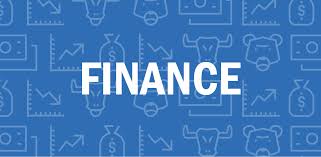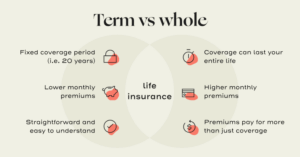Cash on Cash Return Formula for Evaluating Buy-and-Hold Deals

Cash on cash return is a vital measure in real estate investing, especially for buy-and-hold deals. It allows investors to evaluate the profitability of a property by focusing on the actual cash flow relative to the capital invested. For cash on cash return formula considering long-term investments, understanding this formula can make the difference between a sound investment and one that falls short of expectations.
What is Cash on Cash Return?
Cash on cash return is a metric that measures the annual pre-tax cash flow from an investment property relative to the total cash invested. Unlike some broader financial metrics, cash on cash return provides a clear, real-world view of how much cash you are earning on the cash you invested. It focuses solely on the money you have put into a property instead of leveraging the overall property value or other external factors.
This metric is especially beneficial for buy-and-hold real estate investors who rely on consistent cash flow over time rather than immediate, large capital gains.
The Cash on Cash Return Formula
The formula for calculating cash on cash return is straightforward:
Cash on Cash Return (%) = (Annual Net Cash Flow ÷ Total Cash Invested) × 100
Example of the Formula in Action:
Imagine you purchase an investment property for $300,000 and make an initial cash investment of $70,000 (including down payment, closing costs, and initial repairs). After calculating the annual income from rent and subtracting expenses like property management, insurance, and maintenance, your annual net cash flow is $9,000.
Here’s how you calculate your cash on cash return:
Cash on Cash Return = ($9,000 ÷ $70,000) × 100 = 12.9%
This means your cash on cash return is 12.9% annually, giving you a clear understanding of how well your investment is performing in terms of real cash flow.
Benefits of Using Cash on Cash Return for Buy-and-Hold Deals
Clear Insight into Profitability
Since this metric focuses on the actual cash you invest, it gives you a transparent picture of your potential returns. This makes it easier to compare different properties and ensure you are putting your money into deals with strong potential.
Simplifies Decision-Making
For buy-and-hold investors, making decisions on properties is often complex, involving various financial metrics. Cash on cash return simplifies evaluation by focusing exclusively on yearly cash returns. This allows investors to prioritize deals that align with their financial goals.
Easy to Calculate
Unlike some investment metrics that require advanced financial knowledge, cash on cash return is highly accessible. You only need the annual net cash flow and the total amount of cash you’ve invested in the property to determine profitability.
Helps in Risk Assessment
By focusing on cash flow, this metric helps investors identify properties with stable and predictable cash returns. For buy-and-hold deals, stability is crucial since these properties are intended to generate income over the long term.
Focuses on Liquidity
One major benefit of cash on cash return is its emphasis on liquidity. Real estate investments tie up substantial capital, and cash on cash return ensures that investors understand how efficiently their liquid cash is working in creating returns.
Encourages Cash Flow Management
Use this metric as an opportunity to optimize your cash flow. Whether that means cutting down on maintenance expenses or negotiating better rental terms, cash on cash return can highlight areas for improvement.






